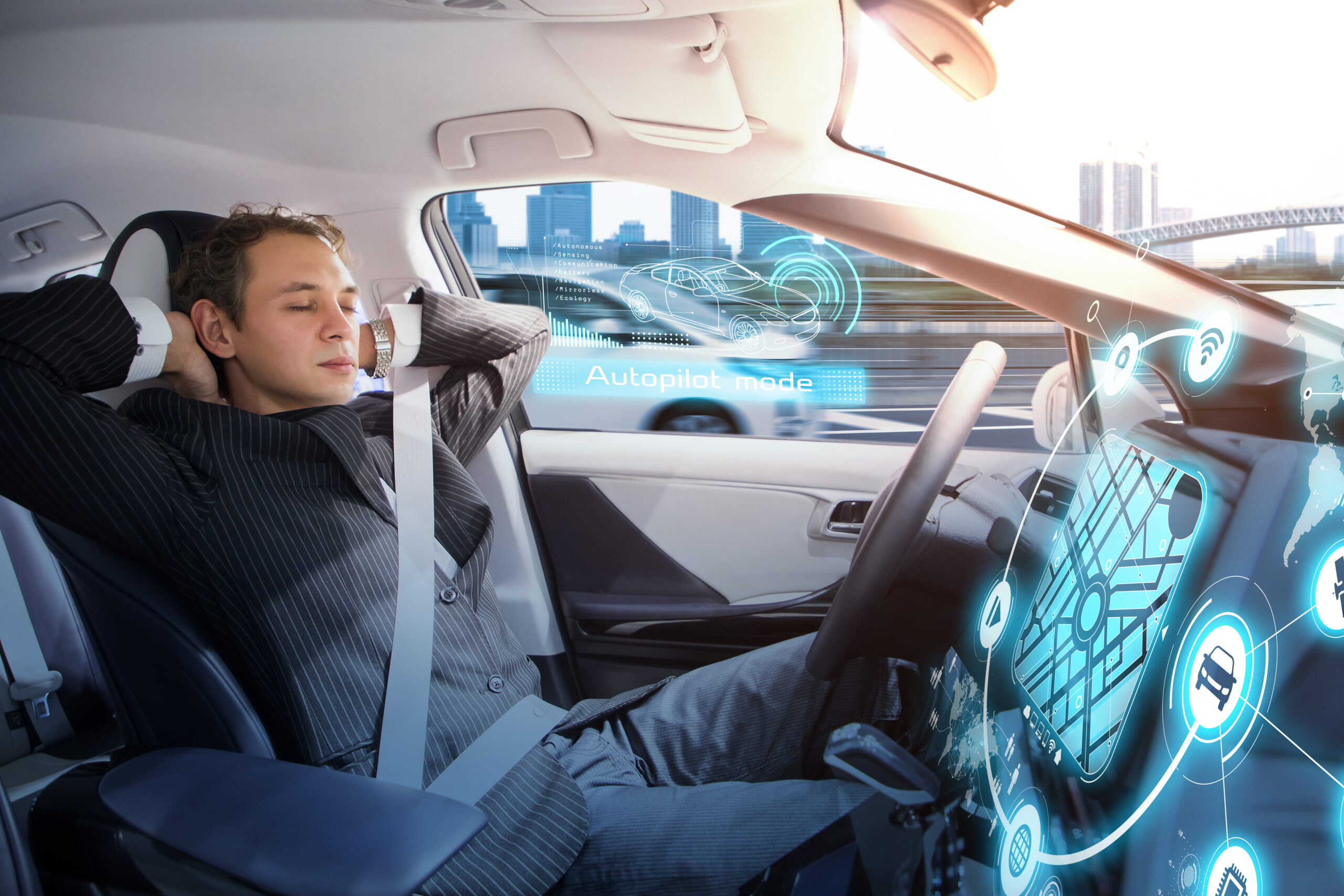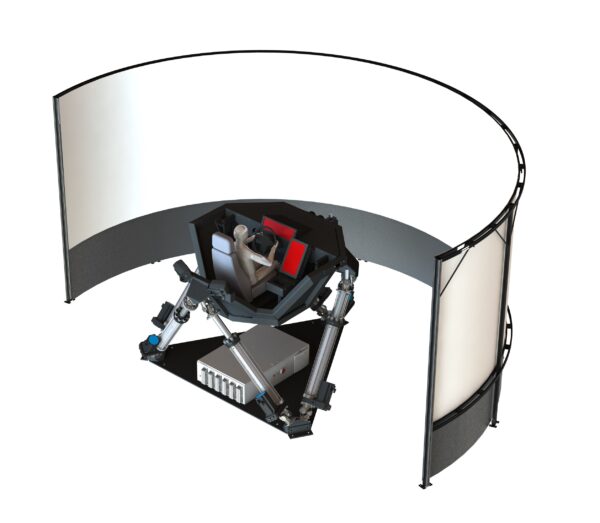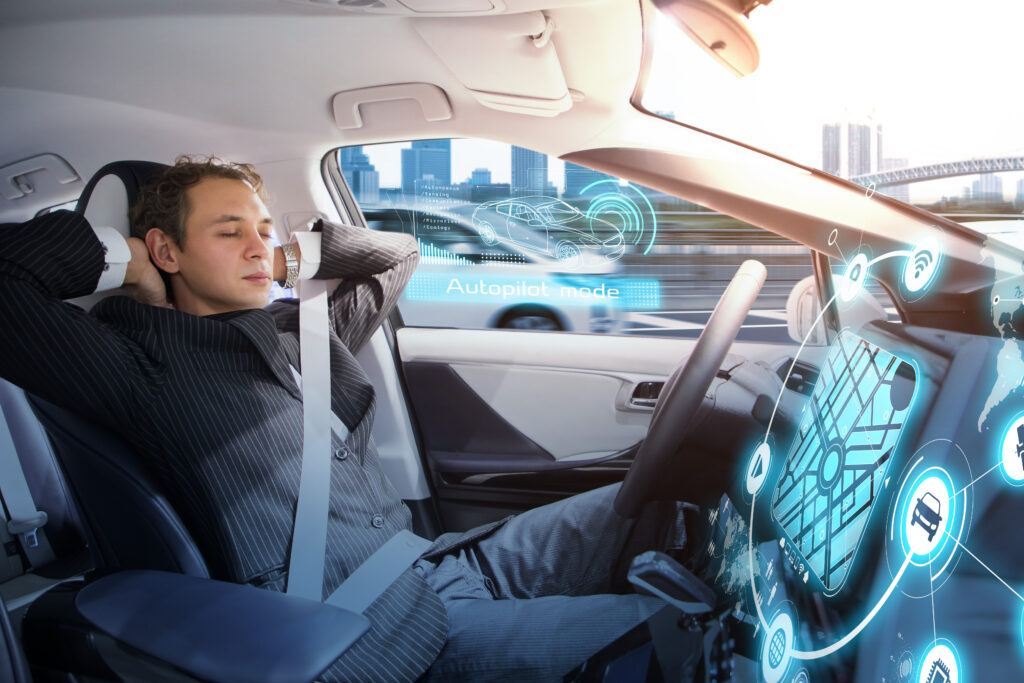Chengdu: driver experience testing center for superior ride comfort

The provincial capital of Sichuan, Chengdu is intended to become the Silicon Valley of autonomous and electric vehicle (AV and EV, respectively) design and testing. In prior blogs, we have discussed the plan for building the Chengdu AV/EV facility, the ADAS lab to test and validate advanced driver assistance system (ADAS) performance, a battery management lab to reduce testing overhead and improve battery design with simulation, as well as the VEM lab to boost vehicle performance, among others. But these dedicated labs only begin to scratch the surface of what the facility offers. The Chengdu driver experience testing center is one such offering.
The Chengdu driver experience testing center
Superb ride quality provides comfort for the driver and passengers, and better control of the vehicle. It also positively impacts a vehicle’s brand image.
At the Chengdu driver experience lab, Simcenter Engineering experts help automotive manufacturers to study possible discomfort related to a car’s driving behavior, as well as noise, vibration and harshness (NVH). The experts enable auto makers to test AV and EV designs, assess vehicle dynamics and control algorithms, NVH performance, and investigate and evaluate systems behavior early in development. This approach not only delivers vehicles with outstanding vehicle comfort, it also saves significant development time and cost, as this is performed prior to prototyping.

For an avid racing simulation enthusiast, the crowning jewel of the Chengdu driver experience testing center may be the driving simulator, built onto an electromechanical movement platform with six degrees of freedom, wrapped with a semi-cylinder of offboard projection screens and littered with speakers to provide a complete driving experience. The Cruden motion platform and projection system, including the Panthera software it runs on, integrate seamlessly with Simcenter Amesim vehicle models to present the entire platform as a blank canvas for designing and refining vehicles with minimal up-front prototyping.
For an example of how Siemens is putting drivers in the loop of ADAS development, with Simcenter Amesim, check out this simulated driving video from one of our previous projects. Simcenter tools create the ultimate virtual vehicle and environment by integrating motion, powertrain characteristics, braking systems and vehicle noise in real-time to evaluate vehicle dynamics and passenger comfort.
Autonomous control algorithms
Giving up control of a vehicle is not something humans take lightly. And how an autonomous vehicle navigates traffic and obstacles will be far more important than just doing so. The driving simulator at the Chengdu driver experience test center can be used to determine how far ahead of a turn should the vehicle begin to slow. If there are bicyclists, should the vehicle move to the far lane? Or should it slow down? Should the acceleration curve be steep, or shallow? Is it different for city and rural trips? The autonomous vehicle needs to be taught how to maneuver in any situation and if there is an edge case, the vehicle still needs to approach the situation safely. Using the driving simulator, scenarios such as these can be navigated to help the autonomous vehicle ‘learn’ the optimal vehicle dynamics.

The experience does not end at safety precautions either, as the driver is no longer in control of the vehicle many people may experience some form of motion sickness. This likelihood increases while doing other tasks in the vehicle, a common goal of the technology. Reading or watching a video distracts the brain from noticing motion with visual cues, relying only on acceleration of fluid within the inner ear. Solving this problem will likely be a joint innovation among leaders in the field, but using the driving simulator to understanding how this impacts passenger comfort early on before committing to the physical design allows designers to work to fix these issues proactively.
Auditory comfort in EVs
The mobile simulation platform is brimming with innovative technologies that enable the representation of any vehicle design, providing crucial insight into the user experience of the vehicle before committing to prototype. For example, there are many design problems related to noise in electrical vehicles because of their lack of an internal combustion engine. Undue tire noise is a common source. There are other noise sources as well, for example improperly designed aerodynamics can produce wind noise and specific motor RPM ranges can cause vibration interference patterns audible to the driver and passenger. All of these noises are more noticeable in an EV and can cause a driver or passenger to experience unease with, or even aversion to, the technology.
Siemens’ Vehicle Sound Simulator and the Amesim digital twin of the vehicle seamlessly interface with Cruden’s Panthera software to accurately reflect noise and vibration. Sending test drivers out in this simulated design allows engineers and designers to link subjective feelings of the vehicles to specific design criteria early in development. But NVH testing is not the only benefit to a simulated vehicle environment for electric vehicles. This platform will be useful in creating a unique brand experience.
Brand signature
Cabin noise and vehicle handling contribute greatly to the overall comfort of the passenger, but once a design achieves these goals the sensations can also be used to craft a signature for the vehicle. If the vehicle will be marketed to those that enjoy a sportier feel, designers can explore steeper acceleration profiles in the Chengdu driving simulator or possibly injecting more noise into the cabin to make passengers feel like the vehicle is being pushed to the edge. Other customers may look for an ultra-comfortable, luxury experience. This may require increasing the minimum turning radius and reducing peak accelerations, along with removing as much road noise as possible for the design.
Accelerating Electric and Autonomous Design
Whether an OEM is looking to build an electric or an autonomous vehicle, having a testing platform and vast technical resources will reduce development times and final cost. This is why the city of Chengdu welcomed our extensive facility, to boost local development of electric and autonomous vehicles and provide a dedicated research center for Chinese automakers and eventually global businesses. In association with Cruden and the city of Chengdu, Siemens is bringing tomorrow’s automotive design practices to today’s engineers.
A special mention to Wouter Vandermeulen for his expert insight and input for writing this post.
Interested to know more about optimizing ride comfort? Watch the on-demand webinar: Design for ride comfort – from concept to validation


